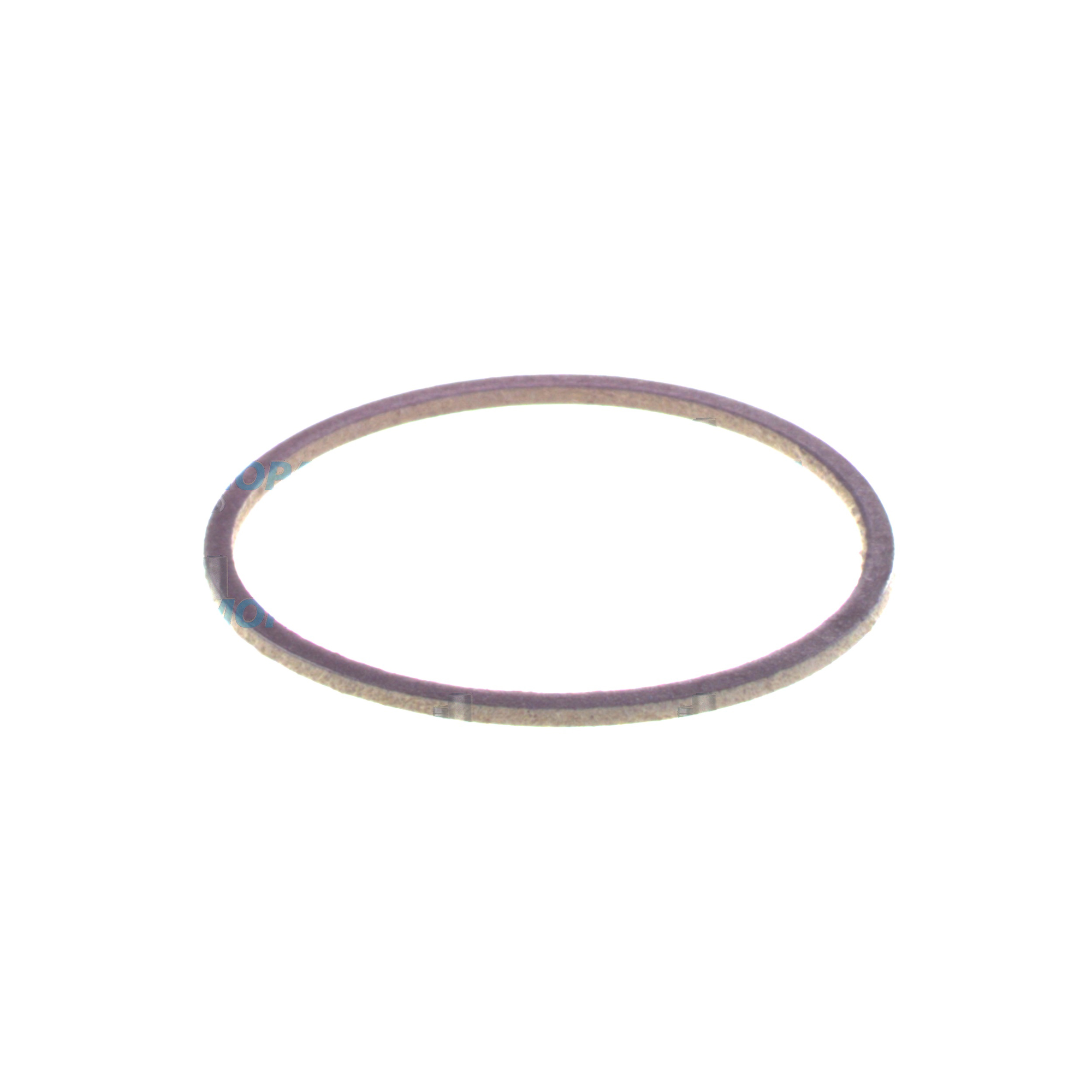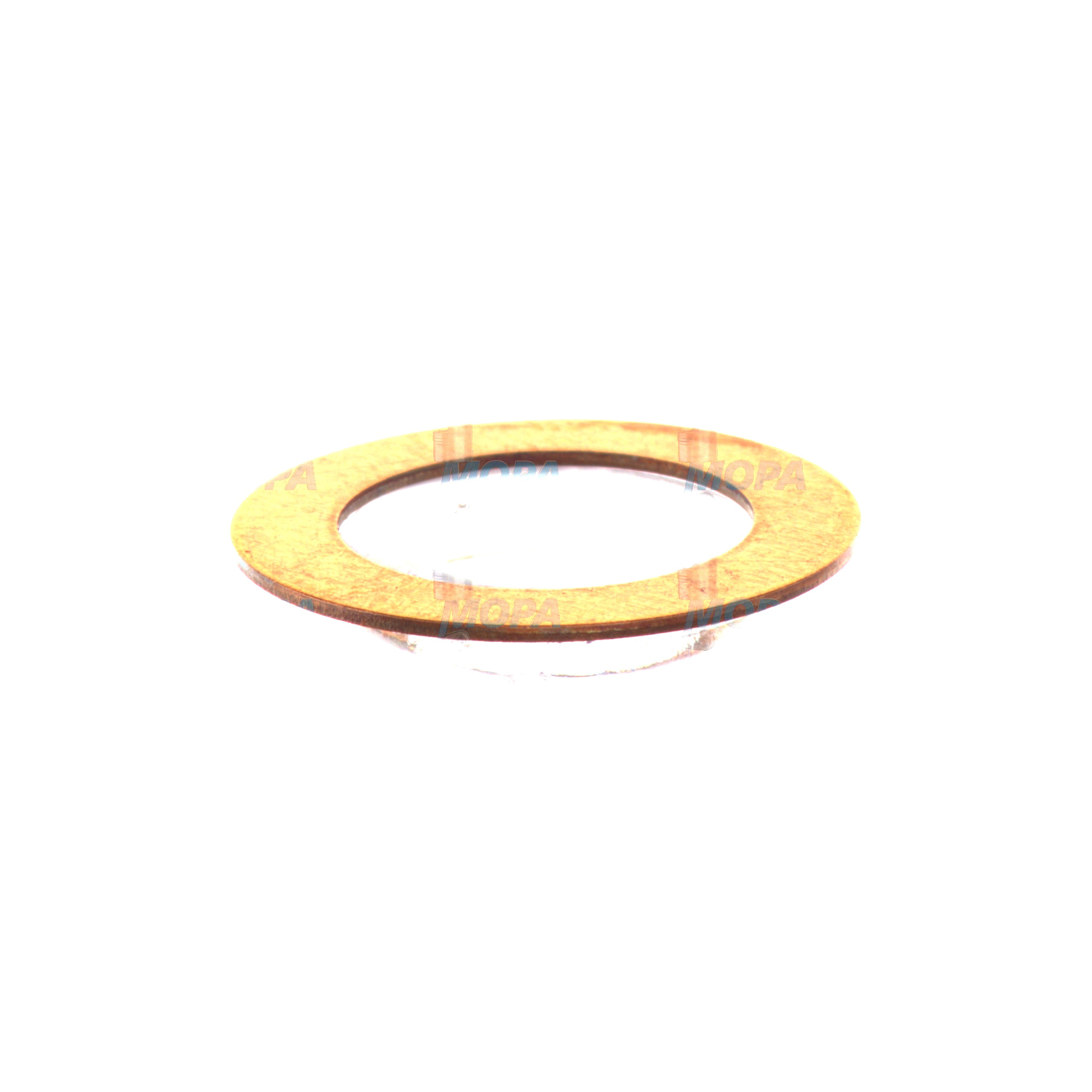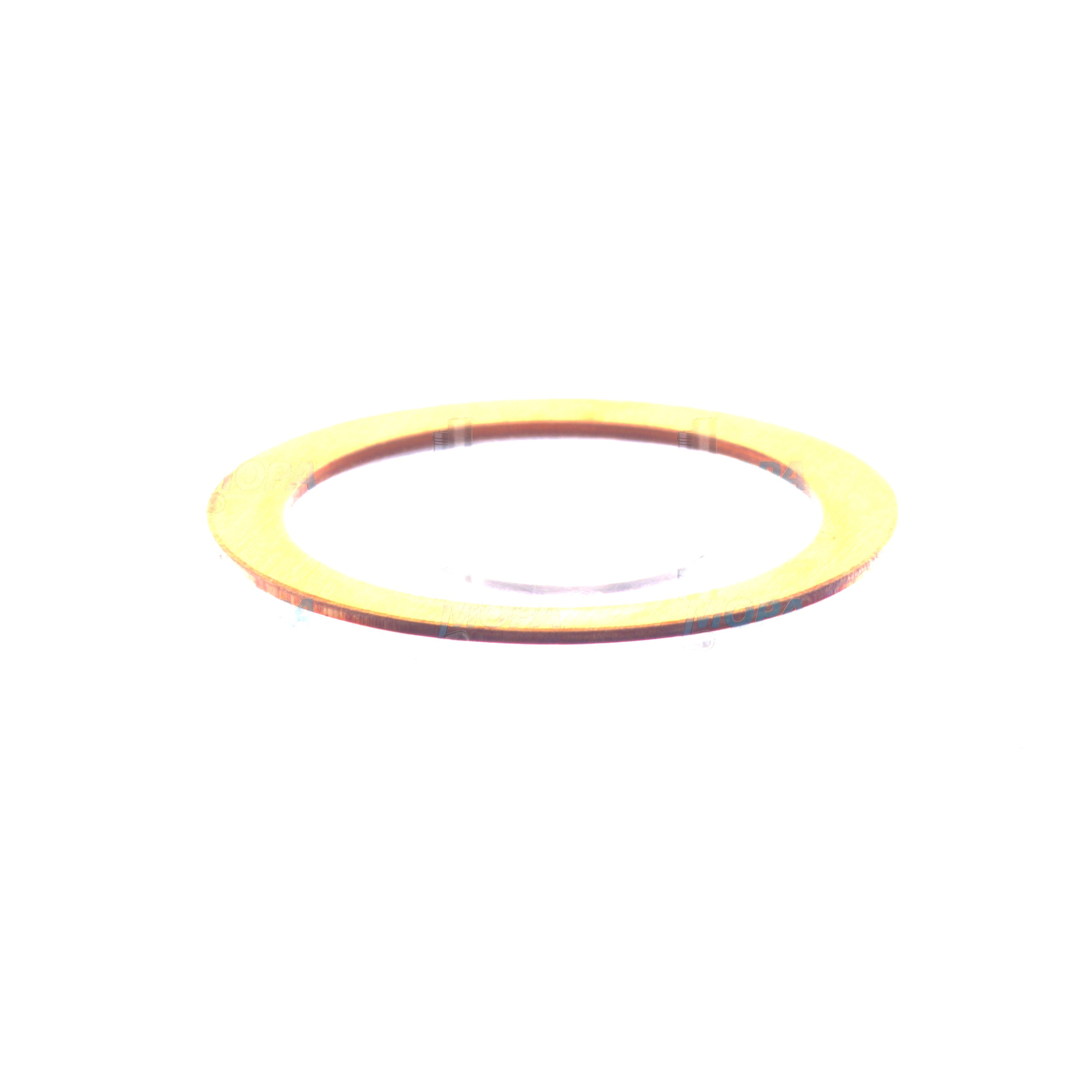SEALING WASHER and Gaskets for Marine and Diesel Engines
Gaskets are precision-engineered sealing elements that sit between mating surfaces to prevent the escape of liquids and gases in demanding engine environments. In marine and diesel engines, this article category spans cylinder head gaskets, exhaust and intake gaskets, oil pan and timing cover gaskets, as well as the often-overlooked SEALING WASHER for fuel, oil, and coolant connections. Together, these components preserve pressure, keep fluids separate, and protect critical interfaces against vibration, thermal cycling, and corrosion—making them indispensable for reliable power generation on board and on land.
For purchasers, shipowners, and technical decision‑makers, choosing the correct gasket solution is a direct lever on uptime, emissions compliance, and lifecycle cost. Correct materials, precise geometry, and proven compressibility ensure consistent sealing performance from cold start to full load, especially in high-pressure diesel engine systems and continuous-duty marine engine applications.
Technical function of Gaskets and SEALING WASHER in diesel engine and marine engine applications
Gaskets create a controlled barrier by compensating for surface irregularities and maintaining contact stress under bolt preload. In cylinder head assemblies, multi-layer steel (MLS) or graphite/steel-reinforced gaskets seal combustion pressures while keeping coolant and lube oil circuits isolated. Exhaust manifold gaskets withstand high temperatures and pulsation, preventing leaks that reduce turbocharger efficiency. Elastomer-bonded or fiber-reinforced gaskets in covers and housings protect against oil mist and coolant seepage, preserving cleanliness and preventing secondary failures.
A SEALING WASHER diesel engine application typically involves soft‑annealed copper or aluminum washers for banjo bolts, injector leak‑off lines, turbo oil feeds, and high‑pressure fuel pumps. These washers deform microscopically when torqued, creating a metal‑to‑metal seal at the bolt head or fitting seat. The result is a repeatable, vibration‑resistant joint that sustains pressure and temperature fluctuations without relaxation. On a SEALING WASHER marine engine connection, corrosion resistance and material compatibility with seawater‑exposed environments are equally critical, ensuring long‑term tightness in fuel and cooling systems.
Performance hinges on factors such as bolt preload, surface finish (typically 1.6–3.2 μm Ra for static joints), thermal expansion of dissimilar metals, and gasket creep resistance. Well‑matched gasket compounds and coatings (e.g., nitrile binders, MLS stopper beads, graphite facings) deliver stable sealing stress across heat‑up/cool‑down cycles. Correctly specified SEALING WASHER OEM parts maintain dimensional tolerances and edge geometry that prevent cold flow and channeling—vital for maintaining system pressure, injection accuracy, and clean combustion.
- · High sealing integrity under thermal cycling.
- · Materials tailored to media: oil, fuel, coolant, exhaust gas.
- · Compressibility and recovery matched to bolt preload.
- · Low relaxation for long service intervals.
- · Corrosion-resistant designs for marine environments.
- · Precise dimensions for leak‑free assembly.
- · Compatibility with modern low‑sulfur fuels and bio blends.
- · Supports emissions and efficiency targets.
Why Gaskets and SEALING WASHER are critical for reliability and service life
In heavy-duty engines, sealing failures quickly escalate into costly downtime. A deteriorated cylinder head gasket can cause blow‑by, coolant/oil cross‑contamination, and overheating, leading to warped heads or bearing damage. Exhaust leaks upstream of the turbo reduce boost, increase fuel consumption, and elevate EGTs. Minor oil leaks from a mis‑matched SEALING WASHER at a high‑pressure line can aerosolize and create a fire hazard, while fuel seepage at injector connections affects injection pressure stability and combustion quality.
Marine engines face additional sealing stressors: constant vibration, salt-laden atmospheres, and long operating cycles. Sub‑optimal gaskets or washers may relax under temperature, lose preload, and allow micro‑leaks that contaminate bilge areas, trigger alarms, or fail class inspections. Correct sealing safeguards component interfaces, preserves lubricant health, maintains designed cylinder pressures, and protects aftertreatment systems from uncontrolled air ingress or exhaust leaks.
Advantages of OEM spare parts suitable for Gaskets and SEALING WASHER
Specifying OEM spare parts suitable for this category ensures the sealing system performs as engineered. Material formulations, surface treatments, and bead geometries are tuned to the engine’s clamping loads and thermal map. For a SEALING WASHER, the alloy composition and annealing process determine the deformation curve under torque—too hard, and it won’t seal; too soft, and it will extrude or relax. With OEM parts, dimensions, crush properties, and coatings align with the mating surfaces, preventing fretting, galvanic effects, and creep.
From a budget perspective, correct parts reduce rework, leakage investigations, and unplanned port calls. They also streamline procurement because part references tie directly to engine BOMs and technical bulletins, minimizing selection errors and ensuring consistent outcomes across fleets.
SEALING WASHER OEM parts: performance, reliability, and service life
Choosing SEALING WASHER OEM parts supports stable fuel pressures, protects turbo oil supply lines, and maintains clean engine rooms. Tight tolerances and validated metallurgy translate into predictable torque‑to‑seal behavior, fewer retightening events, and longer maintenance intervals. For gaskets, OEM‑validated composites offer low permeability, high blow‑out resistance, and sustained elasticity—key to avoiding leaks after thermal shocks or load changes.
SEALING WASHER and Gasket sourcing: cost control and compliance
Accurate specifications reduce lifecycle cost by cutting downtime and avoiding collateral damage. OEM‑matched references aid in maintaining class and environmental compliance by reducing the risk of oil and fuel releases, and by preserving combustion efficiency that underpins emissions performance.
MOPA: your partner for OEM parts Gaskets and SEALING WASHER
MOPA is an experienced, reliable partner for OEM spare parts in the Gaskets category, including every critical SEALING WASHER needed around diesel and gas engines. We prioritize speed in quotation and delivery, consistent quality across all supplied items, and secure, traceable trade processes. Whether you operate a coastal vessel, an offshore platform, or a power plant, MOPA streamlines procurement with technical clarity and dependable logistics for marine engine and diesel engine sealing components.
Conclusion: the value of Gaskets and SEALING WASHER in engine performance
Gaskets and the correctly specified SEALING WASHER are foundational to safe, efficient, and clean engine operation. They preserve pressure, prevent contamination, and protect equipment from premature wear.
By selecting OEM spare parts suitable for the Gaskets category, purchasers and operators secure repeatable performance, longer service life, and better budget control—backed by MOPA’s speed, quality, and security in OEM parts supply for diesel and gas engines.








